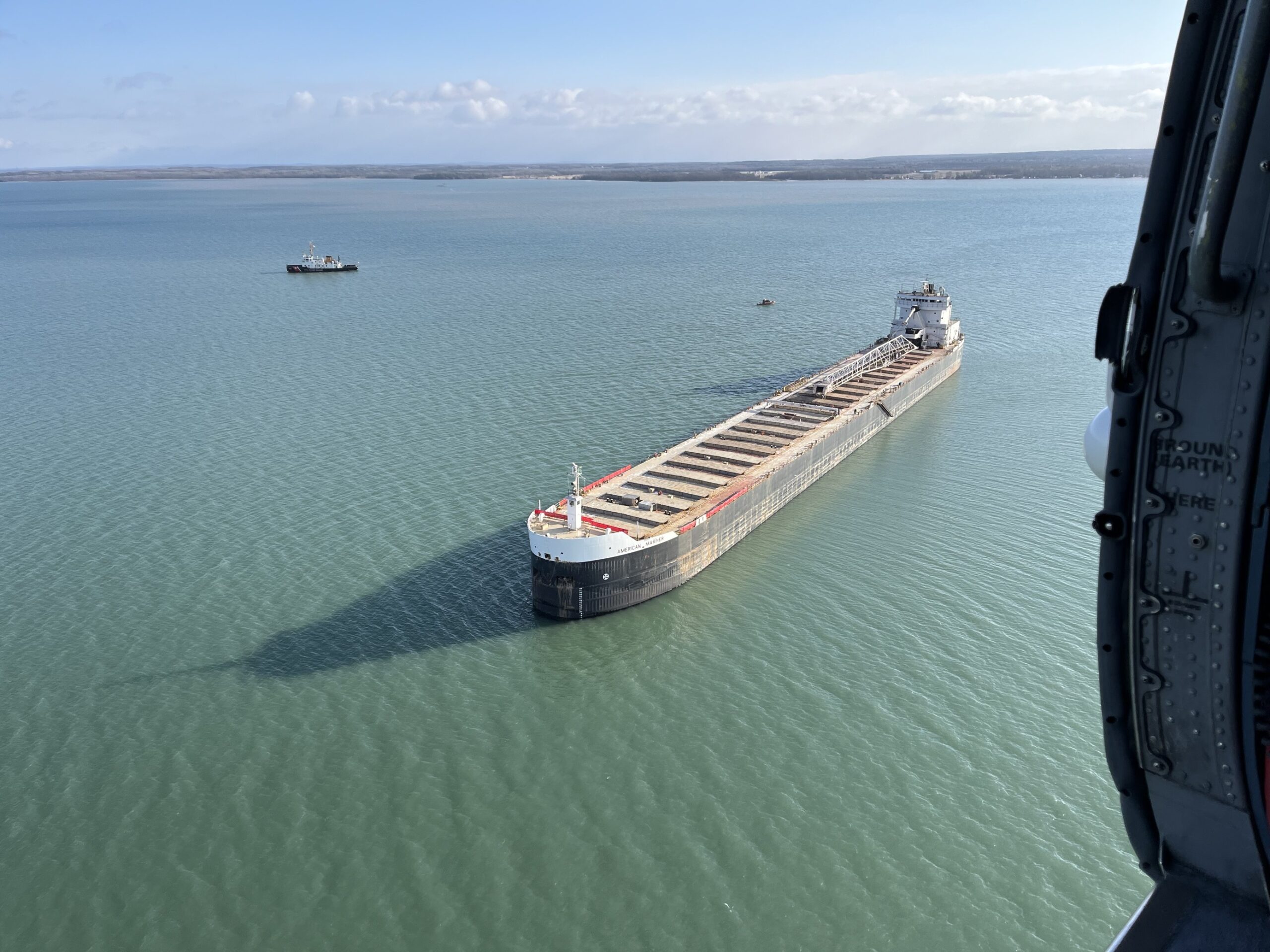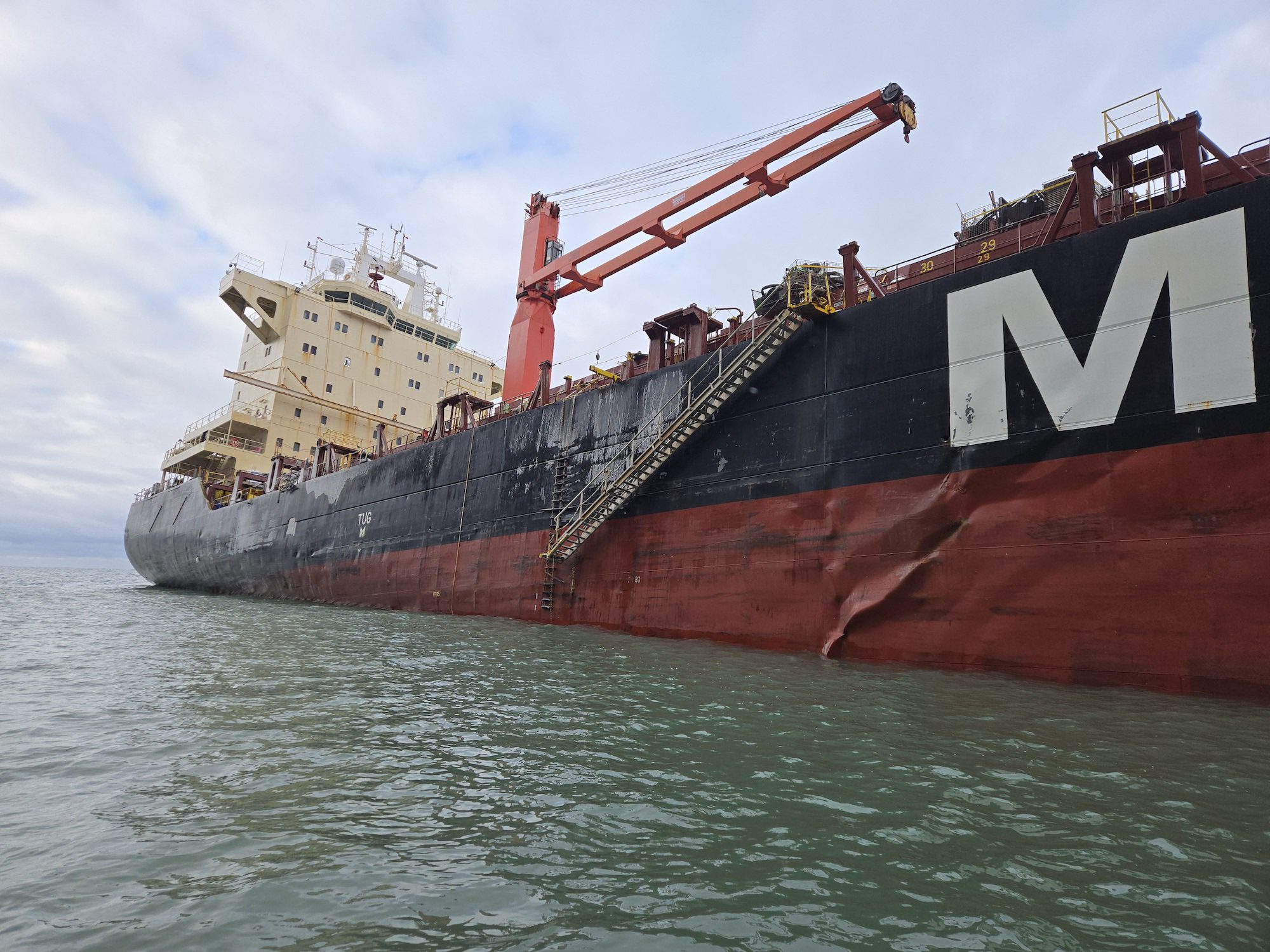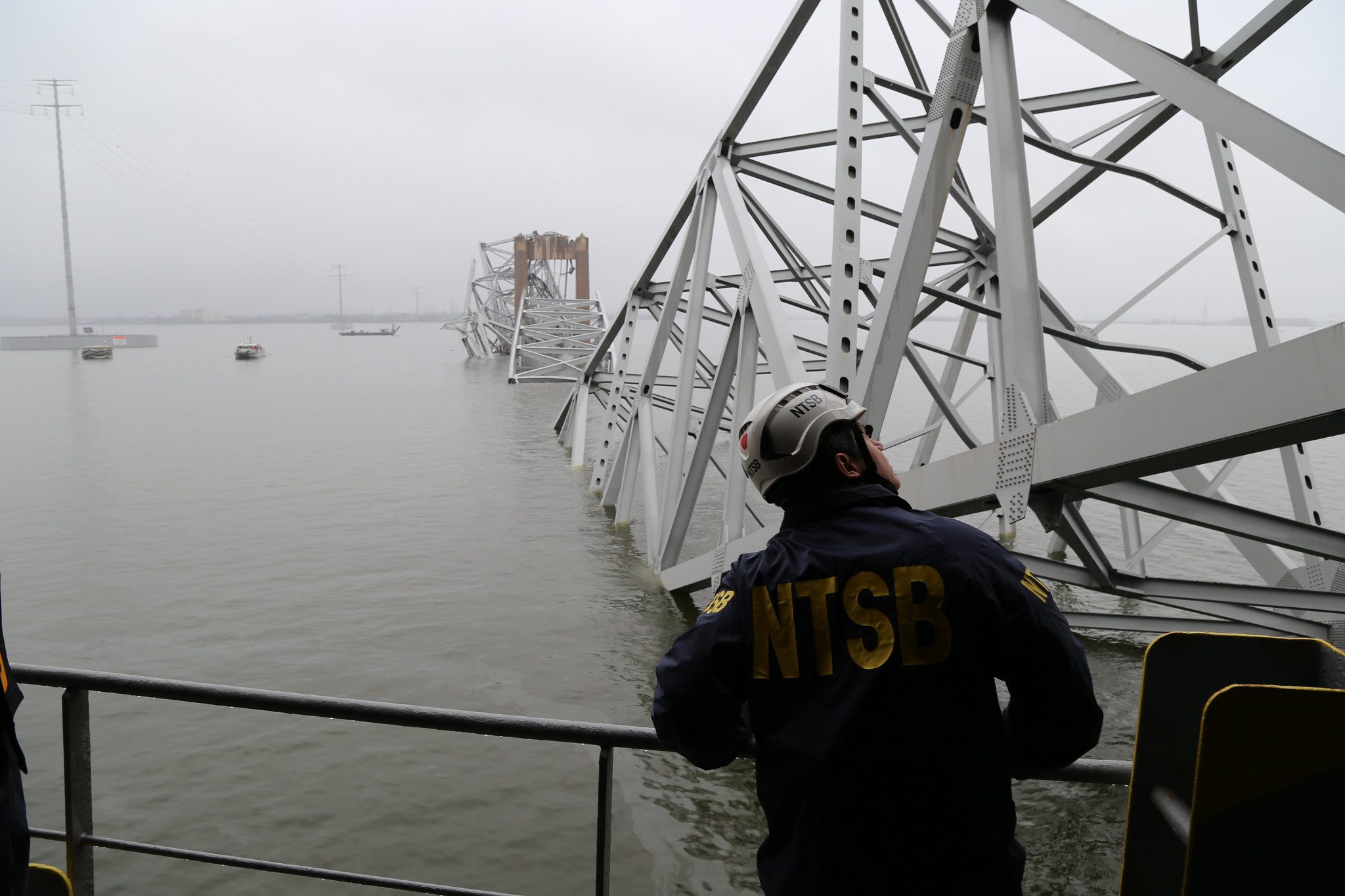The National Transportation Safety Board (NTSB) has determined the cause of the bulk carrier American Mariner’s grounding in the Vidal Shoals Channel near Sault Sainte Marie, Ontario, last year.
The incident occurred when the vessel’s master, who was alone on the bridge during complex maneuvering in confined waters, overshot a turn and grounded on shoals, causing damage to three ballast water tanks.
The American Mariner was en route to Superior, Wisconsin, when it ran aground. NTSB investigators revealed that the master’s navigation was compromised by several factors, including transiting in the dark, unlit channel buoys, not fully utilizing the electronic chart system, and the absence of additional personnel on the bridge.
According to the NTSB, the master’s initial angle of departure from the dock and the vessel’s close approach to shoal waters put the ship at a poor angle for maneuvering into the channel. This miscalculation led to the vessel overshooting the turn and grounding on the shoals on the opposite side of the channel. The grounding resulted in $600,000 in damages to the vessel, though fortunately, no pollution or injuries were reported.
“While maneuvering in confined waters, it is difficult for a single bridge crewmember to effectively drive, lookout, and monitor and use available bridge equipment,” the NTSB report stated. “Owners, operators, and vessel masters are responsible for ensuring that vessel bridge teams are staffed with a sufficient number of certificated/credentialed mariners who are familiar with all bridge navigation equipment and able to independently take immediate action.”
The damage to the port water ballast tanks of the American Mariner was documented by the U.S. Coast Guard following the incident.
You can find the NTSB report here.

 Join The Club
Join The Club











